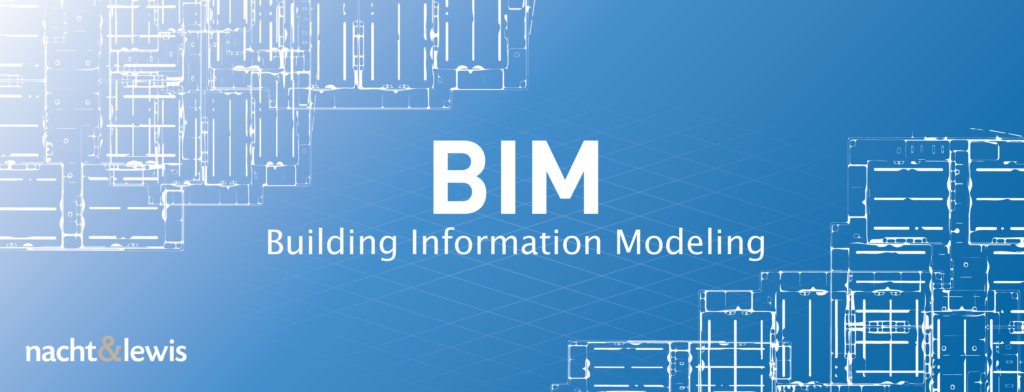Long gone are the days of offices with rows of high stools and drafting tables with scales, squares and pencils scattered about. Yes, we still use these tools from time to time, but they are no longer part of the production pipeline. Instead of being asked for a new electric eraser, a larger drafting table, or a new square that wasn’t ruined by a misused razer, I get requests for larger screens, wireless mice and “something to make this go faster.” In today’s industry, design technology plays a key role in the productivity and consistency of our daily work.
One of the biggest changes we see today through the lifecycle of the project is our means of recording, storing and sharing information. The cell phone in my pocket is used to take hundreds of photos during site visits, with no concern for where it goes and how much space it takes. After a site visit, I am able to review the images from the cloud on my computer, determine if the images are useful and then delete the images I do not need. If my trip was a success, I can get backgrounds of existing conditions drawn up without having to return to the site. However, there are times when I wish I had taken the photo at slightly different angle or wish I had taken a step back to get more into the photo. At this point I am wondering, “how did I miss that?” But, there’s a solution to that problem now.
Now available are 360 degree cameras that can record all around you while you walk. The need to turn to the right is fixed with a drag to the left; getting closer or further away takes a pinch of the fingers. Site work and rooftops can be referenced from online maps with satellite imagery. Better still, drone photography can get you high resolution video of building elevations, rooftops and site work within an afternoon without the hassle of having to get to extreme levels to physical take them yourself. AI compression and high speed storage make handling these files a magnitude faster than what was available 10 years ago.
Sharing this information has also improved greatly as well. Online storage and file sharing is second nature to most. As the design and building processes become more digital, photos and color graphics are promoted from being only marketing assets to being integrated into construction documents, RFIs, ASIs and as-builts. Pretty soon we may be sending each other 3-D photos as commonly we are sharing standard digital photos today.



